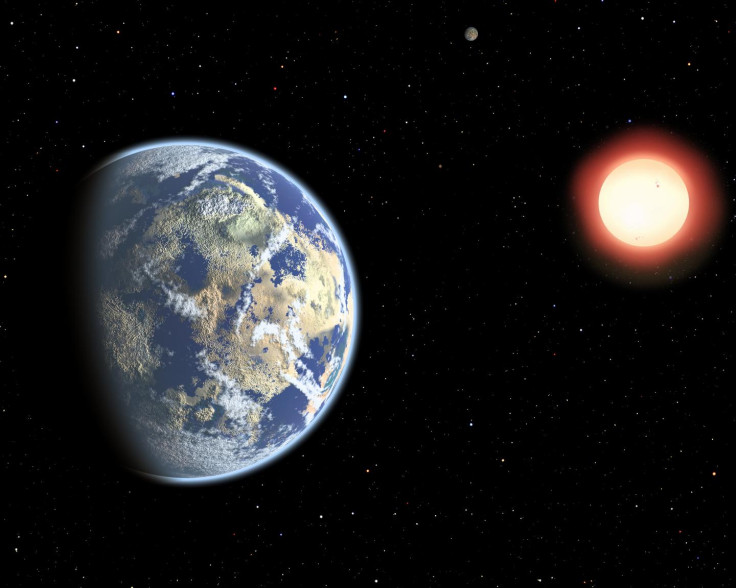Most alien life on Earth-like planets hasn't evolved yet - but it will in 10 trillion years
Calculations show chance of life evolving on other planets is far more likely in distant future.
Alien life will be far more abundant in the universe 10 trillion years from now, scientists have said. By calculating the probability of the emergence of habitable Earth-life planets, a team from the Harvard-Smithsonian Centre for Astrophysics found life on Earth is pretty unusual within the framework of cosmic evolution.
The Big Bang took place 13.8 billion years ago. The first stars were born around 100 million years later and produced and dispersed the first heavy elements. These would eventually lead to the creation of solar systems – and life.
The universe is expected to end around 100 trillion years from now when the last stars die, leaving behind them a dark cold universe where nothing can survive.
Earth formed 4.5 billion years ago, and the first lifeforms (single-celled organisms) appeared around 3.8 billion years ago. Because of the time lag between the Big Bang and life on Earth, some scientists believe life on other, far older planets could be abundant. Furthermore, because it has had more time to evolve, other planets could also host advanced alien civilisations. However, we are yet to find it, leading to debates surrounding its potential existence, such as the Fermi Paradox.
But what if we are an anomaly in the universe? In a study accepted for publication in the Journal of Cosmology and Astroparticle Physics, the CfA researchers found the chance of life becomes far more likely billions of years into the future.
"Is life most likely to emerge at the present cosmic time near a star like the Sun? We address this question by calculating the relative formation probability per unit time of habitable Earth-like planets within a fixed comoving volume of the Universe, starting from the first stars and continuing to the distant cosmic future," they wrote.

"We conservatively restrict our attention to the context of 'life as we know it' and the standard cosmological model."
Their findings showed that life is most likely to emerge 10 trillion years from now around 0.1 solar-mass stars (i.e. smaller than the Sun). They showed the main factor involved in the emergence of life is how long the star lives for – higher mass stars do not survive for long enough for life to evolve, whereas around lower mass stars, there is plenty of time.

A 0.1 solar mass star will burn for 10 trillion years, meaning the chance of life there are 1,000 times higher in the future than they are now. "If you ask, 'When is life most likely to emerge?' you might naively say, 'Now'," lead author Avi Loeb said. "But we find that the chance of life grows much higher in the distant future."
"So then you may ask, why aren't we living in the future next to a low-mass star? One possibility is we're premature. Another possibility is that the environment around a low-mass star is hazardous to life."
© Copyright IBTimes 2025. All rights reserved.






















